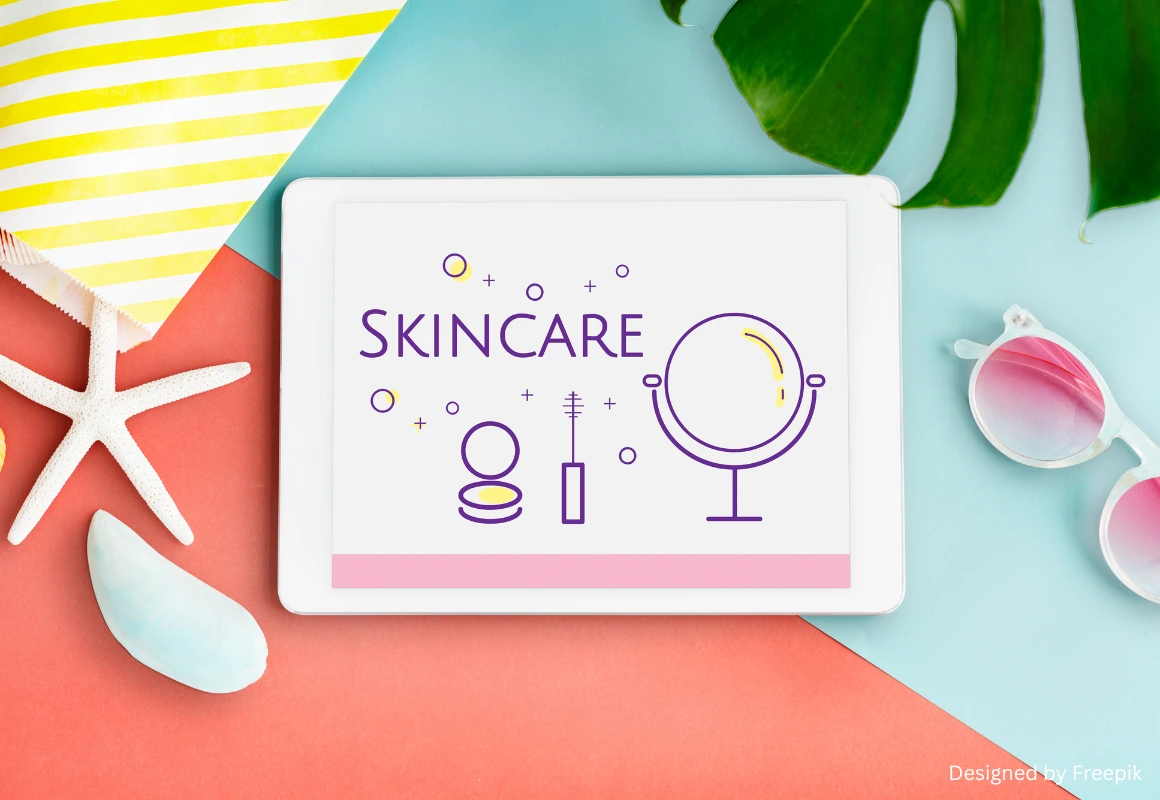Ice Cream Scrub vs. Salt Scrub What's the Difference & Which Is Better
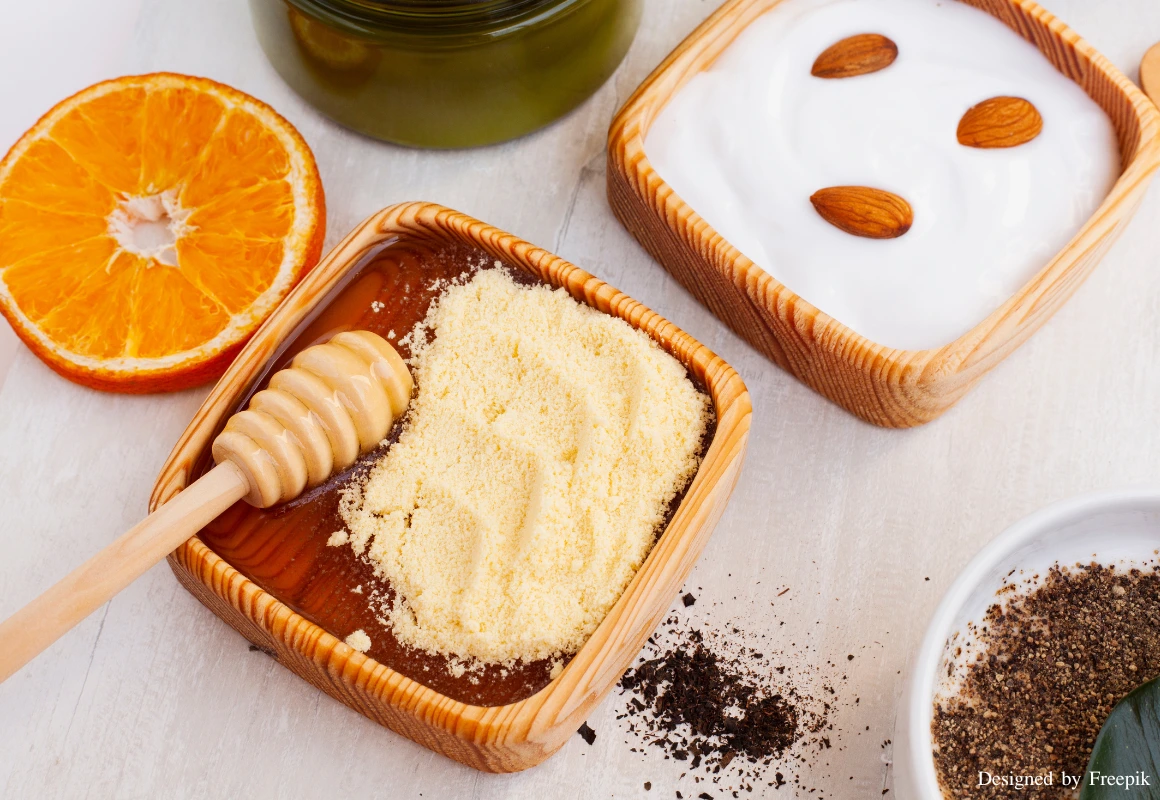
Ice Cream Scrub vs. Salt Scrub: What's the Difference & Which Is Better?
Exfoliating your skin is one of the most important steps in skincare with visible results. It helps remove dead skin cells, revealing smoother, more radiant skin, and allows lotions and creams to absorb better.
Many are familiar with salt scrubs, a longtime favorite. But in recent years, a new rising star has emerged—“ice cream body scrub”—and many fall in love with it from the very first use.
This article will take you through the key differences between the two scrub types and help you decide which one is the best fit for your skin.
Why Is Body Scrubbing So Important?
Before we get into textures, let’s understand the basics. Many people believe scrubbing is just about "making skin whiter," but in truth, it's about exfoliating dead skin cells that accumulate on the surface and letting new, healthy skin emerge.
Naturally, our skin renews itself every 28–30 days. However, as we age or live in polluted environments, this process can slow down. That results in dull, rough, and uneven skin.
Scrubbing speeds up this renewal process and helps unclog pores, which can reduce acne, bumps, and rashes. It also boosts blood circulation, giving your skin a natural glow and healthier appearance.
What Is “Ice Cream Scrub”? And Why Is It So Popular?
The term “ice cream scrub” is a playful Thai nickname for scrubs that have a creamy or gel-like texture—soft, smooth, and cool to the touch, just like ice cream. These scrubs usually have cute colors, delicious scents, and a smooth feel that’s more like applying dessert than scrubbing.
Its main strength is gentleness. Ice cream scrubs are ideal for sensitive, dry, or easily irritated skin. They typically use exfoliating beads from natural sources like ground seeds or sugar, which dissolve easily when wet—making the scrub smooth and non-abrasive.
Many also include nourishing ingredients like Vitamin E, plant oils, and moisturizers that leave your skin soft and hydrated without tightness or dryness. Plus, the refreshing scents make you feel like you’re having a spa day at home.
What Is Salt Scrub? A Classic That Still Delivers
Salt scrubs use sea salt or mineral salt as the exfoliating base. The grains are usually coarser, providing deep exfoliation—great for those wanting fast, noticeable results.
Salt naturally helps kill bacteria and absorb oil, making it ideal for oily or dull skin, or for rough areas like elbows, knees, ankles, and sun-exposed skin.
While salt scrubs are highly effective, they should be used with care—especially for those with thin or sensitive skin. Salt can sting if you have cuts or irritated areas. Choosing scrubs that mix in natural oils like coconut, olive, or almond oil can help soften the scrub and protect the skin barrier.
Texture & Feel: How They Differ in Use
When you try both scrubs, the difference is clear:
● Ice cream scrub feels soft, smooth, and cooling. It glides on easily and can be massaged gently without irritation—perfect for days when you need a refreshing treat for both skin and mind.
● Salt scrub, in contrast, has a more intense scrubbing feel. You can feel the salt granules on your skin. Some enjoy this because it feels like a thorough clean. But if your skin has cuts or is very sensitive, you might feel a slight sting.
Post-Scrub Hydration & Visible Results
What your skin feels like after scrubbing is just as important:
● Ice cream scrub usually contains moisturizers, leaving skin smooth and hydrated right after rinsing. There’s no tightness or dryness, making it ideal for dry skin or people who are often in air-conditioned spaces.
● Salt scrub, especially those without oils or moisturizing agents, may leave the skin feeling tight or dry—particularly for sensitive or very dry skin. It's recommended to apply a lotion or moisturizer immediately afterward.
Which One Is Better? It Depends on Your Skin Type
There's no definitive answer to which scrub is "better." Both types offer great benefits if matched to your skin needs.
Choose ice cream scrub if you:
● Have dry or sensitive skin
● Prefer a gentle touch
● Love soothing scents and a spa-like feel
● Want to exfoliate regularly without irritating your skin
Choose salt scrub if you:
● Have oily or thick skin, or rough patches
● Want deep exfoliation
● Need fast, visible results
● Don’t have easily irritated skin and can handle coarser texture
How to Use Scrubs Safely for Beautiful, Calm Skin
Even the gentlest scrub can harm your skin if used incorrectly. Follow these tips:
● Always scrub on wet skin to soften the texture and avoid abrasion
● Massage gently in circular motions—never scrub hard
● Use only 1–2 times a week
● Avoid scrubbing over inflamed, allergic, or wounded skin
● Always follow up with moisturizer or lotion to lock in hydration
A good scrubbing routine should feel like self-care, not pressure to achieve perfect skin overnight. Go slow, be kind to your skin, and results will follow naturally.
● Healthline. (2020). How to Exfoliate Your Skin Safely. Retrieved from: https://www.healthline.com/health/how-to-exfoliate-skin
● American Academy of Dermatology (AAD). Exfoliation: Tips to Smooth Skin. Retrieved from: https://www.aad.org/public/everyday-care/skin-care-secrets/routine/exfoliation
● Byrdie. (2023). Sugar vs. Salt Scrubs: What's the Difference? Retrieved from: https://www.byrdie.com/sugar-vs-salt-body-scrubs-5186223
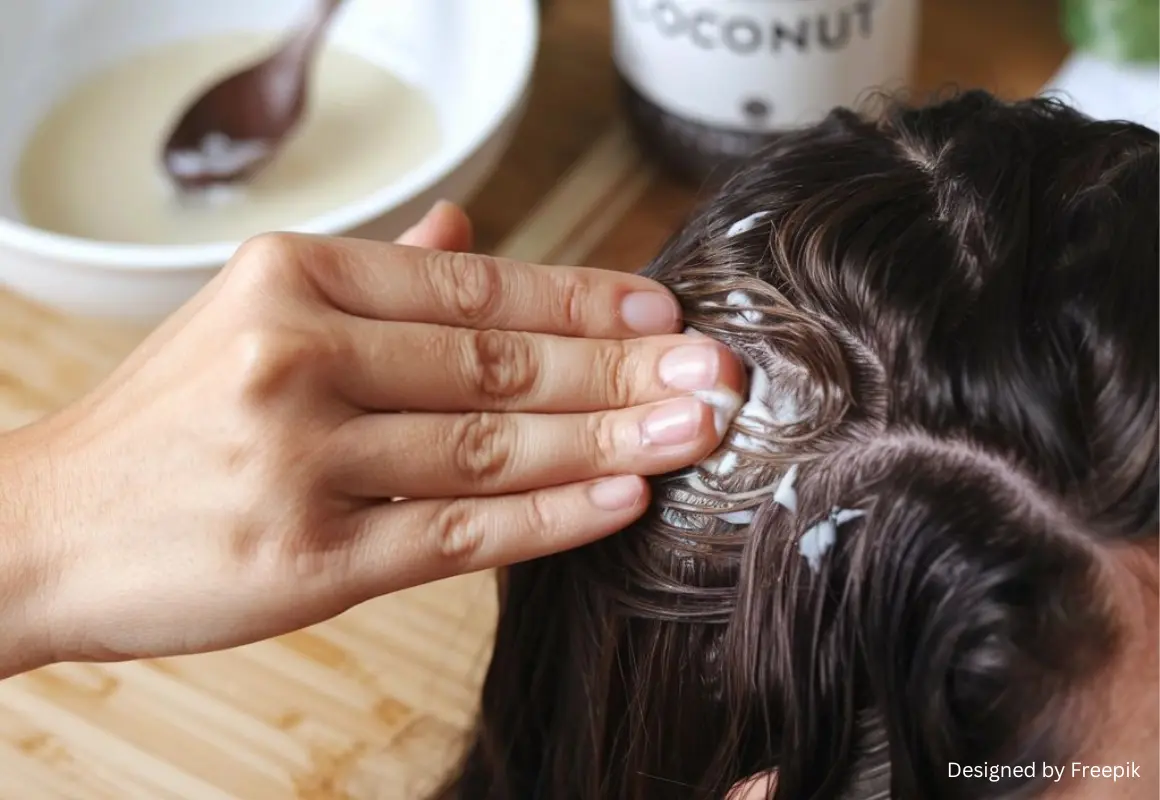

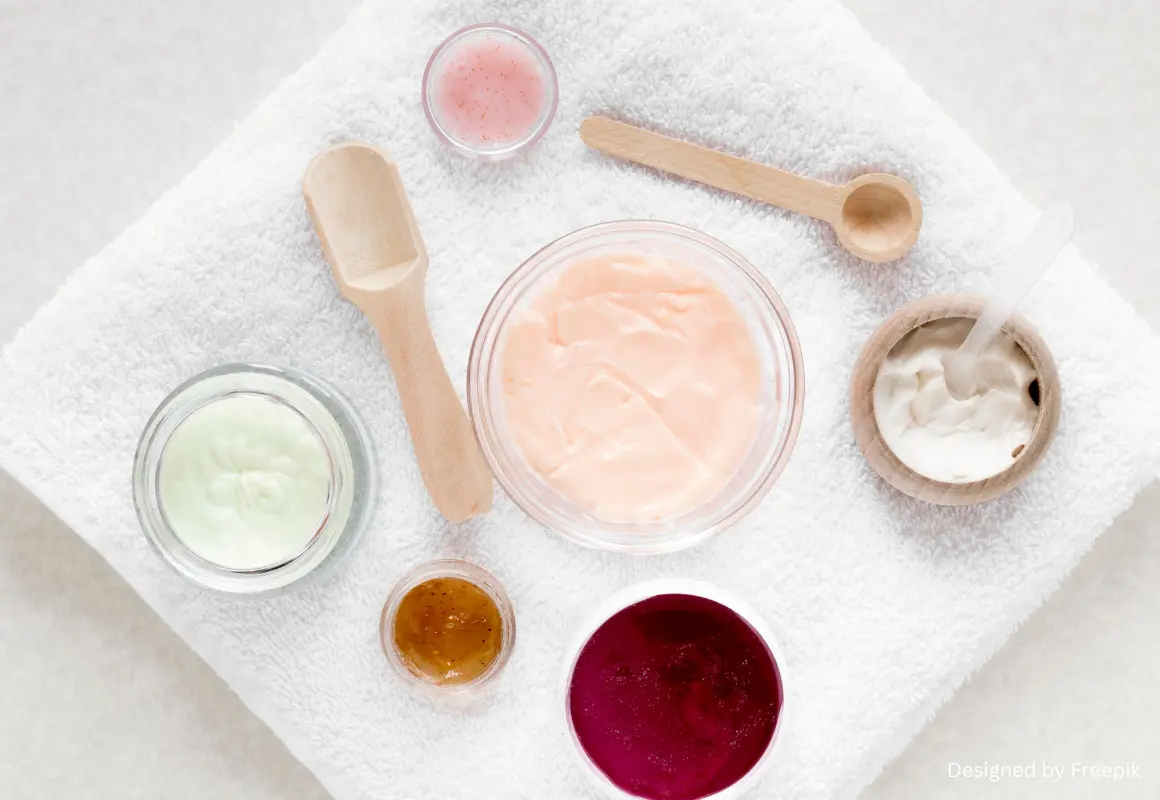
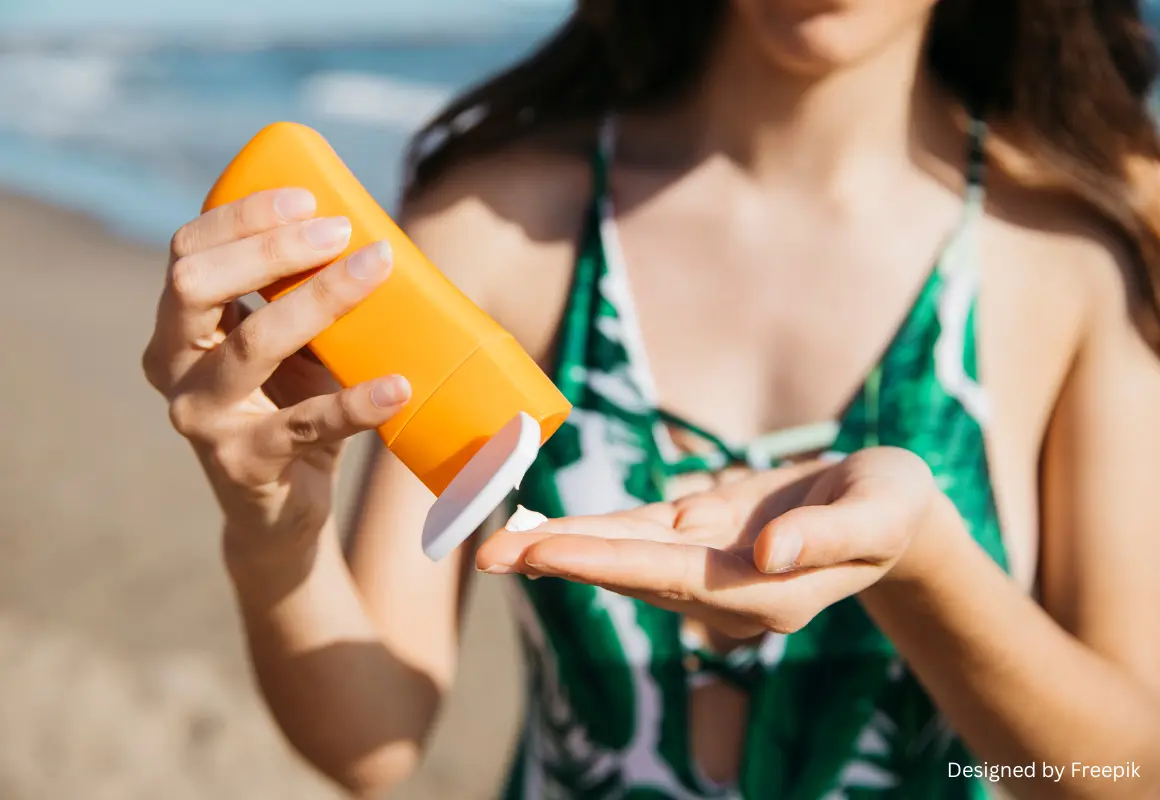


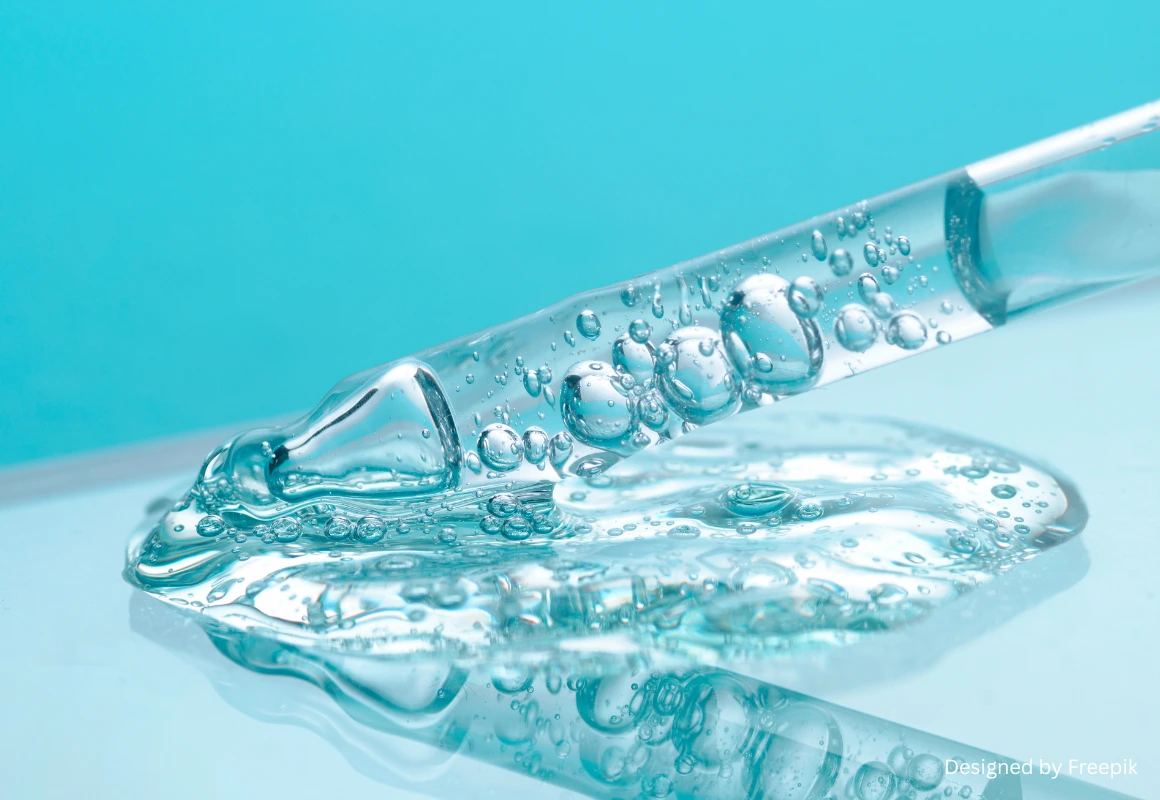
.webp)

